| Classroom Learning Stations |
|---|
| www.studenthandouts.com ↣ Classroom Organization |
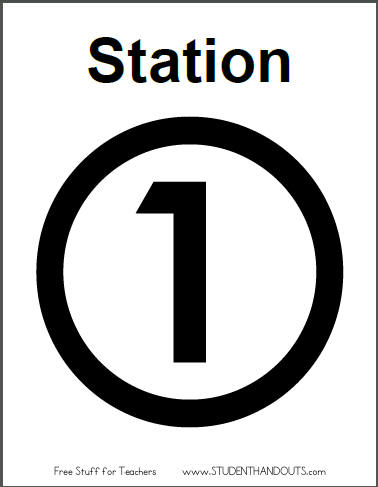 What is a classroom learning station? What is a classroom learning station?A classroom learning station is a designated place in a classroom where students complete an educational task. This could be a computer, where students are asked to google a topic. This could be a table where historical objects are on display for examination. This could be a boombox where students listen to music from a particular time period. How do classroom learning stations work? The teacher divides the class into groups or partners, with between 2 and 4 students in each team. Each team is assigned a folder of some sort for collecting and logging the team's work. The team then begins going from one station to another until all of the stations are completed. What kinds of students benefit from classroom learning stations? Classroom learning stations are designed to benefit all kinds of learners, with all sorts of multiple intelligences. Any hints or tricks? Guesstimate how long it should take each group to complete the activities in all of your learning stations. Recognize that some activities will take longer than others. Let's say that you have eight learning stations, with each learning station activity ranging between 5 and 15 minutes. You think it will take a total of around 80 minutes to complete all 8 stations. Your class period is 50 minutes. You would then devote two class periods to these stations. Each day, you tell the students to complete at least 4 stations (about 40 minutes). Always have more learning stations than groups. This way, you don't have a team idle, waiting for a station to open up. Have the next assignment ready in advance. For example, "If you finish your stations early, you may quietly begin working on today's homework assignment." For noisy stations, provide headphones. Space out each station as best as you can so that groups are not bumping into one another. Your first time doing this with a class, give very explicit instructions on each station and its assignment/task. Be prepared to monitor the students closely and answer a lot of questions. But once the students have mastered their first batch of learning stations, they will be prepared for the next "learning stations day" and know exactly what they do and what is expected of them. Do not give the students any dangerous tasks! I kind of get the idea, but I'm not sure how to put together a group of learning stations. Imagine that you are studying the Industrial Revolution period in the United States. Here is a sampling of possible learning stations based on classroom experience. These stations work well with kids, educating them with hands-on activities that capture their interest. Station 1: Typewriter. You can pick up an old typewriter at a garage sale for around ten dollars. It doesn't have to be an antique, but old enough to look ancient to the kids. In the file folder that is part of the station, include something like the following directions: "Christopher Sholes invented the first modern typewriter in 1868, and came up with the original QWERTY keyboard design. Although this typewriter dates only as far back as the 1940s, it is very similar to the earliest manual typewriters. Using a piece of paper from this file folder, type the name/number of your group at the top of the sheet. Then, each of you must type your name on the sheet of paper." Most of the kids will never have seen, let alone used, a manual typewriter. Keep an eye on them before they spend the entire class period typing away! (There seems to be at least one student in every class who goes bonkers for the manual typewriter.) Station 2: Sears and Roebuck catalogue. There are inexpensive reprints of these available in bookstores. Instructions: "It is 1880, and your team has just been given $25.00 in prize money for an essay you wrote on how much you love your school. You live in the country, with no large stores for miles. The only way to spend your prize money is by ordering items from this catalogue. Your job is to spend the $25.00, completing an order list that contains items' names, product numbers, and page numbers, along with a sentence for each item explaining why you need/want it." Trust us...the kids will have a blast going "virtual shopping" with an antique catalogue. And nothing will better illustrate for them the differences between then and today than seeing what products were available for purchase. Station 3: Silent movie. There are many silent films available online. DVDs are often a dollar or less. Place this station at a computer or television. Ask the students to watch the film, then write a paragraph comparing it to the films of today. Station 4: Clothes. More precisely, this is typically a bag or trunk full of period costumes. They don't have to be the best quality, or original. And of course tell the kids to put them on over their existing clothes; you don't want kids undressing in the middle of the classroom! The clothes should give an idea of what people wore at the time. Ideas include a corset, long white gloves, stovepipe hat, etc. When doing the 1800s, remember that the light, synthetic fabrics of today had not yet been invented. Garments were much heavier than today (and itchier). If you have an affordable digital camera, the assignment for this station might be simply to have the kids take pictures of themselves in the clothing. Station 5: Political cartoon or other image. This is more along the lines of a traditional assignment. Students analyze the image, and answer questions regarding it. Station 6: Worksheet. It is perfectly okay to stock a few stations with relevant, educative worksheets if you are running low on items from the period! Station 7: Music. Provide a boombox with a CD of popular music from the era. Have the students compare it to popular music today. Station 8: Ice cream! Ice cream became a popular (albeit expensive) treat during the Victorian period as ice became more available. Modern ice cream makers (about $20.00 at Kmart or Target) use the same technology. Set up an ice cream-making station complete with an old Victorian recipe. Are you starting to get the idea? All you need to do is find objects that date from the era. They can be reproductions. You might ask a group to beat an egg with an antique egg beater. You might have students create a craft project (such as the creation of lace doilies) that was popular during the time period. The point is that the kids are learning while having fun. You have created a field trip to a hands-on museum in your classroom. Your stations "teach themselves," leaving you free to walk around and monitor the class. These are the kinds of educational experiences that will stick with kids for the rest of their lives. Click here to print 8.5" x 11" sheets for stations 1-20. Place these where kids can see them, to clearly identify each learning station. If you don't need all twenty, in your print dialogue box, select pages "1-8" to print numbers 1-8, etc. |
 | 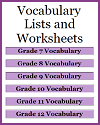 | 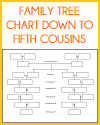 | 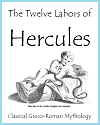 | 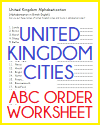 | 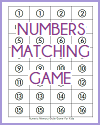 |
| www.studenthandouts.com ↣ Classroom Organization |








